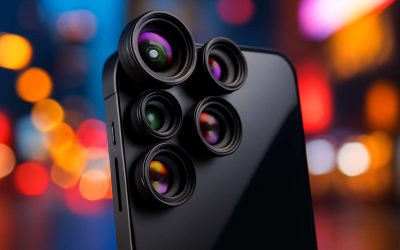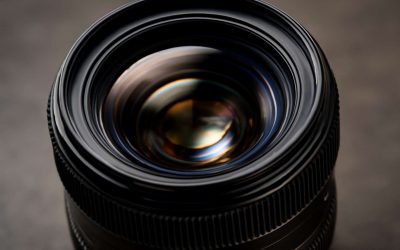
A camera lens lets you capture and frame images in a certain way. Its focal length determines its field of view – the amount of area it can cover. Its aperture lets you control how much light enters the lens, and whether a photograph is bright or dark. And its other features let you adjust the focus, colour and tone of the image. There are many different types of camera lenses available – the choice is up to you and what your photographic requirements are.
Focal length is an important consideration, especially if you want to be able to focus closely on your subject. For example, a wide angle lens has a short focal length, which creates a large field of view. It can be good for sweeping landscapes, or it could help you capture your child playing soccer, for example. A narrower lens, such as a standard or zoom lens, has a longer focal length and a smaller field of view. It’s good for portraits and close-ups, such as close up shots of flowers or insects.
The lens’s maximum aperture, measured in f-numbers, is another factor to consider. A higher f-number means a wider maximum aperture, which allows more light into the lens and can be useful for low light situations. A higher f-number also allows you to have more control over the depth of field.
Lenses can also have various extra features, such as image stabilisation. This helps to reduce blurring in photos caused by shaking of the camera during exposures. But be careful not to over-spec your lens with additional features you won’t use, as this will push up the price and may add to the weight of your lens – which can be a problem if you are shooting hand-held.
Once you’ve mapped out the lens specifications that suit your photographic needs, it’s time to start shopping. If you have a specific budget to work within, shop around at local camera shops and online retailers to find the best deals. Also look out for second-hand lenses that have been well-treated. They usually hold their value and can be a great bargain.
If you’re purchasing a new lens, make sure it fits the diameter of your filter and lens hood attachments. Also check the lens for any letters at the end, such as USM or HSM. These indicate the type of autofocus motor inside the lens – the more expensive lenses tend to have faster and quieter motors than cheaper models.



0 Comments